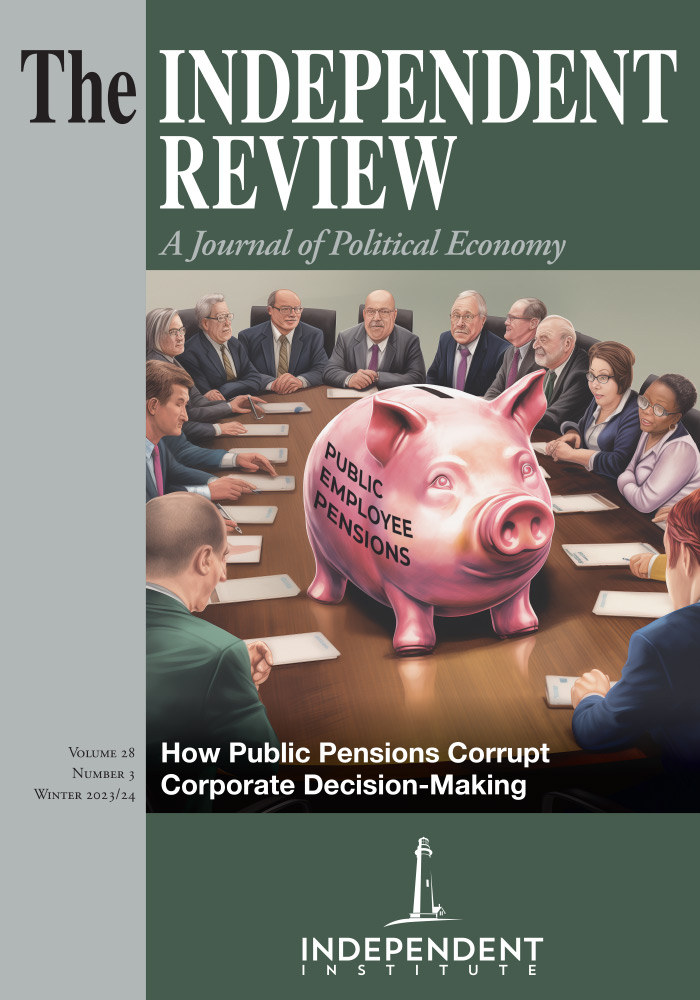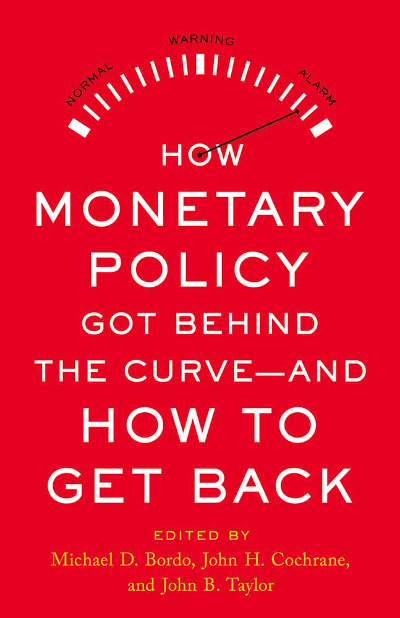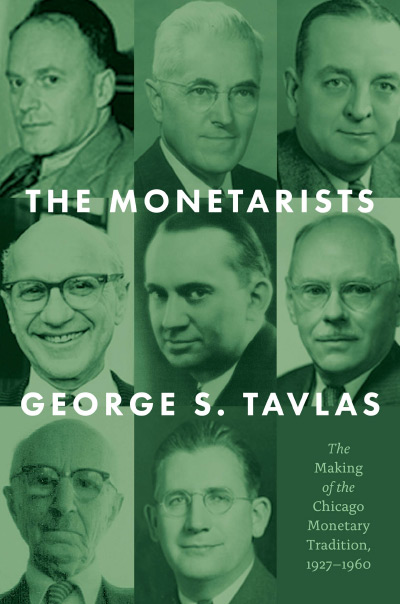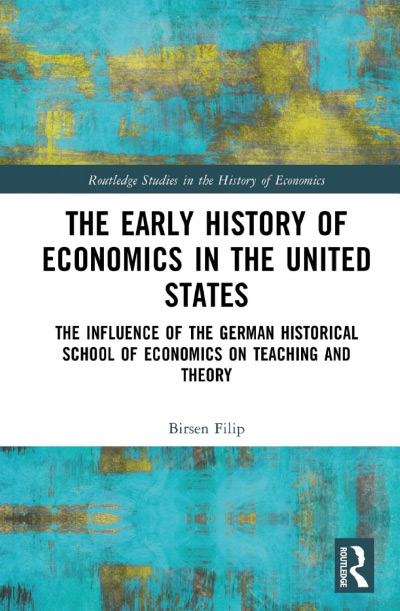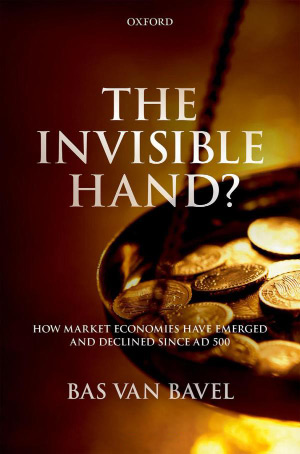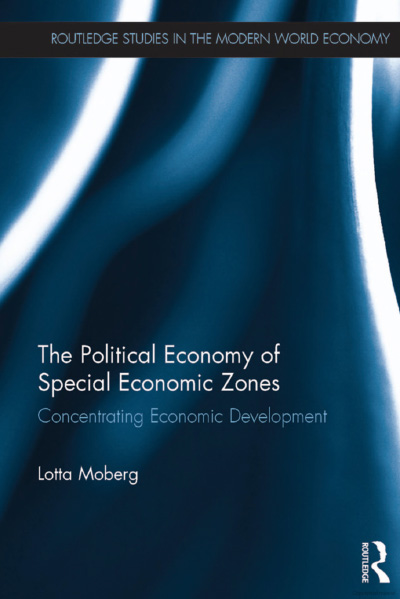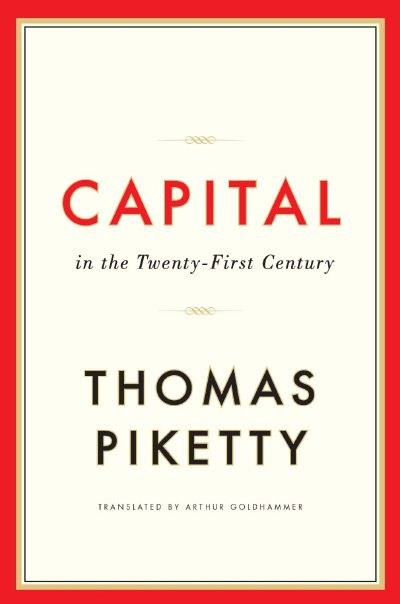It is now widely accepted that the Federal Reserve’s overly expansionary monetary policy was a primary cause of abnormally high inflation in 2021–2023. Many questions, however, remain unanswered: Why was the Fed so wrong? Was fiscal policy also to blame? Can we prevent such mistakes in the future?
A book of essays edited by Michael Bordo, John Cochrane, and John Taylor considers these important questions. The book, which I will refer to as Behind the Curve, is a compilation of papers from a 2023 conference at the Hoover Institution. It provides a valuable combination of perspectives from academics and Fed officials. Rather than summarizing each of the fourteen chapters, I will discuss the main themes of the book with references to specific chapters.
Be warned: this is a book for academics. Though a few chapters are general public policy discussions, many are filled with equations or assume a sophisticated understanding of macroeconomic models. That said, the main themes can be understood without getting into the math. Hoover previously hosted a debate on what John Taylor dubbed the “r-star wars.” If you get that joke, you’ll probably be fine.
What caused the high inflation of 2021–2023? While the media obsesses over supply-chain problems and “greed-flation,” these topics are little covered in Behind the Curve. Most chapters simply assume the problem was monetary in nature. Ricardo Reis discusses how Fed officials’ misinterpretation of supply shocks early in the recovery caused them to keep monetary policy “extremely loose” (p. 224) as well as other factors such as their belief that inflation expectations would stay anchored, loss of credibility, and faulty assumptions about changes in r-star, which refers to “an equilibrium between savings and investment in the overall economy” (p. 221). Even former Fed Vice-Chair Richard Clarida admits that, while supply-side factors were evident in early 2021, the monetary factors should have been clear by late in the year.
One interesting question is whether and to what degree fiscal policy played a role in creating inflation. Lawrence Summers has consistently blamed fiscal policy for high inflation. He was a notable critic of the Biden administration’s spending programs, which he argued would drive up the price level. Cochrane, a proponent of the fiscal theory of the price level, explains with simple models how misinterpreting expectations could have misled Fed officials regarding the origins and persistence of inflation. He then turns to what he sees as its main cause: “the $5 trillion fiscal helicopter drop of 2020–21” (p.112). Tyler Goodspeed labels fiscal expansion as the “essential” causal component of inflation. Monetary policy, he says, could not have been the primary cause, although his short chapter does not thoroughly explore the monetary counterfactual. George Hall and Thomas Sargent assess the magnitude of Covid-era fiscal expansion relative to World Wars I and II, although Ellen McGrattan points out that recent spending mostly came in the form of transfer payments and subsidies.
Are transfer payments “monetary” policy if the debt issued to support them is monetized by the Fed? Cochrane describes this as fiscal policy because of the federal government’s role in distributing the funds. Monetarists might say it was a monetary injection that caused inflation, but the fiscal action of directing funds straight into peoples’ bank accounts made the distribution more effective, working as a “helicopter drop” in Milton Friedman’s famous metaphor. The distinction is important not only for how we understand the economy and study it in our economic models but also in how we assign authority for economic policy to the central bank or federal government. I hope to see more research on this topic. How, for example, would the price level and economy have been affected if fiscal spending had been distributed by other means, such as tax breaks, or if the Fed had not monetized the majority of the debt issued to support these fiscal expansions?
Was the Fed “behind the curve” with its slow response to high inflation? Most authors agree it was. Clarida, Summers, and Taylor all argue the Fed should have acted sooner. Michael Bordo and Mickey Levy document that the Fed’s response was slower than to other periods of inflation but was comparable to the 1970s. Cochrane, while attributing the source of inflation to fiscal policy, maintains that a monetary response was warranted, even if its effects would have been muted by fiscal expansion. The Fed, he notes, was clearly behind the curve since even as late as March 2022, the Summary of Economic Projections shows that Federal Open Market Committee (FOMC) members still believed that “inflation will almost entirely disappear on its own, without the need for any period of high interest rates to bring down inflation” (p. 71, emphasis in original).
Despite this evidence, some Fed officials say the Fed was not behind the curve. James Bullard and Christopher Waller, who at the time of writing were respectively the President of Federal Reserve Bank of St. Louis and a Governor of the Federal Reserve System, independently argue that the Fed took action as early as September of 2021 by undertaking forward guidance to set market expectations of its future interest rate policy. Bullard (p. 324) shows that interest rates on two-year Treasuries began rising in October of 2021, which, he says, “increased substantially in advance of tangible Fed action.” Waller says (p. 340) that the FOMC’s September 2021 statement “indicated tapering was coming soon.” Including forward guidance, he argues, we should view rate hikes as “effectively beginning in September 2021.”
These arguments would be more convincing if forward guidance had indeed prevented inflation. It did not. If “behind the curve” means only that the Fed was doing something in late 2021, then perhaps these Fed officials’ arguments make sense. But the claim that the Fed was “behind the curve” is commonly understood to mean it was not doing enough to prevent high inflation. Since their policies failed to prevent high inflation, it seems obvious that the Fed was, indeed, behind the curve.
Randal Quarles, former Fed Vice-Chair of Supervision, has a different take. He agrees with Clarida that the FOMC should have raised interest rates sooner, in September or November of 2021. He emphasizes, however, that this was not an error of the Fed’s monetary policy framework. If properly implemented, the Fed’s flexible average inflation targeting framework “would not simply have allowed the Fed to move in September, it would have required it” (p. 330, emphasis in original). Quarles attributes the Fed’s error to “a good faith misapplication” due to “the sequencing of balance sheet and interest rate policy” (p. 330). The Fed had already committed to slowing its asset purchases at a pace that would continue until March of 2022. It was therefore, according to Quarles, unable to raise interest rates before that time so as not to implement contradictory policies.
This argument rings hollow for two reasons. First, the FOMC could simply have ended its asset purchases sooner than planned. Fed Chair Jerome Powell was hesitant to curtail asset purchases since he had promised “ample warning” before a change in policy. However, breaking this promise by tightening policy would likely have made the Fed appear more credible in the eyes of the public, not less. Second, Quarles prefers the Fed retain discretion in its asymmetric target rather than a “poindexterish” over-specification of monetary rules by “folks in their lab coats” (p. 327). While I, too, am skeptical of the “scientism,” to use Hayek’s term, of over-specified rules, I find Quarles’s position ironic given that he cites the Fed’s deviation from its stated policy as the main mistake that led to high inflation. He blames inflation on the Fed’s discretionary actions while also arguing it should maintain discretion.
If the Fed was behind the curve, would monetary rules effectively prevent such mistakes in the future? To no surprise, Taylor (p. 50) argues that “[c]entral banks should start now with rules the market understands.” Summers favors “resoluteness” over rules, citing the failure of flexible average inflation target as an example of explicit rules becoming “problematic” (p. 60). Monika Piazzesi similarly emphasizes the need for Fed credibility (p. 366) and acknowledges that a Taylor rule would accomplish this goal (p. 368). Bordo and Leavy (p. 176) recommend striking the “asymmetric” aspect of the Fed’s average inflation target, while Burns (p. 181) chides Fed officials for their “glib confidence” in their discretionary actions.
I enjoyed Behind the Curve both for the analytical discussions and the insider perspectives from Fed officials. It is a useful resource that I will cite in my own work. I hope others will find it a helpful starting point for future research.
| Other Independent Review articles by Thomas L. Hogan | |
| Winter 2022/23 | Moral Hazard: A Financial, Legal, and Economic Perspective |
| Winter 2019/20 | Financial Exclusion: How Competition Can Fix a Broken System |
| Winter 2015/16 | Alternatives to the Federal Deposit Insurance Corporation |

